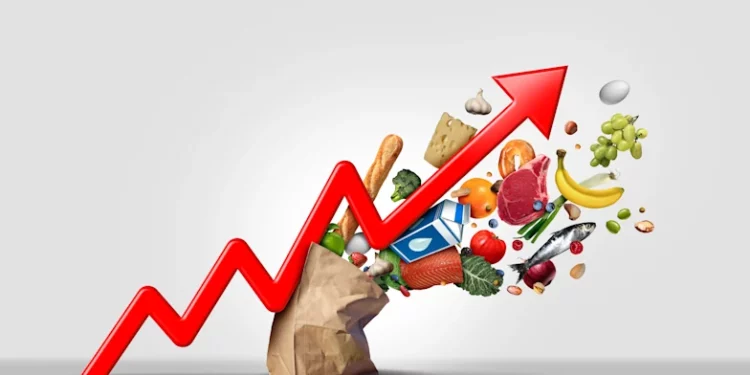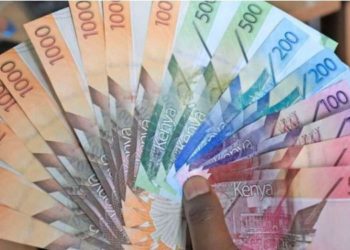Kenya’s economy is experiencing a confluence of positive economic indicators, yet the reality for many citizens remains a high cost of living and reduced disposable income. In a normal set-up, Kenyans are supposed to be feeling relief in the cost of living.
Recent data shows that inflation in Kenya has eased, with the annual inflation rate dropping to 3.6% in September 2024 from 9.2% recorded two years ago. Lower inflation typically signals more stable prices, reducing the pressure on household budgets. Simultaneously, interest rates have been reduced, making borrowing cheaper for individuals and businesses with the Central Bank Rate (CBR) easing to 12.00% in October 2024, from 12.75%.
Additionally, Eurobond rates have declined to single digits, indicating increased investor confidence and lower borrowing costs for the government on international markets. Further, Kenya’s forex reserves have improved to above the statutory requirements, providing a cushion against external economic shocks and contributing to the appreciation of the Kenyan Shilling.
Further, the high level of diaspora remittances continues to bolster household incomes and supporting the domestic economy. Decreased fuel prices further contribute to the positive economic outlook by reducing transportation and production costs, which should theoretically translate to lower prices for goods and services.
However, despite these positive trends, many Kenyan households continue to experience a high cost of living. The primary reason for this disconnect is the reduced disposable income among citizens. Various factors contribute to this situation, including stagnant or low growth in wages, increased statutory deductions and rising costs of essential goods such as food, housing, and healthcare. Even as inflation eases, the prices of these necessities remain high, straining household budgets and reducing the amount of money available for discretionary spending.
Further, data over the last two years shows that disposable income of an average Kenyan has reduced by 11.5%, factoring in a cumulative inflation rate of 10.6%, a 5.7% increase in statutory deductions and just 4.8% increase in wages. The reduced disposable income means that many Kenyan families are forced to make difficult choices, often cutting back on essential expenses or foregoing savings and investments.


















